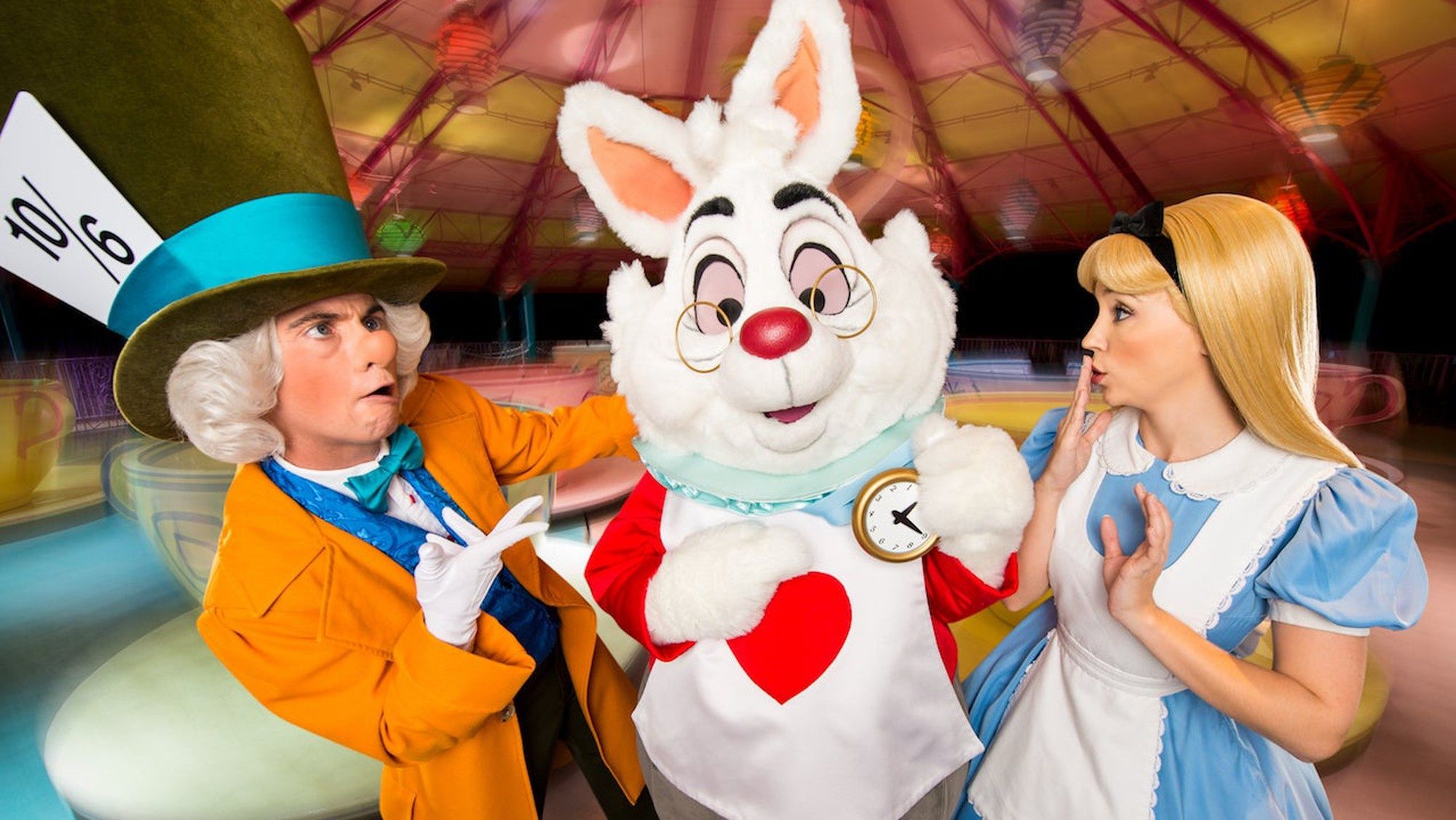Walt Disney (DIS 0.11%) recently revealed that it lost $580 million on its equity investments last year, primarily due to its 30% stake in Hulu -- which will rise to 60% after its takeover of Fox's assets. It lost an additional $469 million in its direct-to-consumer segment, mainly due to its investment in BAMTech, the streaming platform that powers ESPN+ and other over-the-top services.
This means that the House of Mouse's fledgling streaming efforts have already cost it over $1 billion -- and it still hasn't launched Disney+, the streaming platform that will bundle together its in-house, Pixar, Marvel, and Star Wars content at a lower price than Netflix (NFLX 0.67%) later this year. But as a long-term Disney investor, I'm not concerned about this $1 billion loss for four simple reasons.

Image source: Getty Images.
1. $1 billion isn't a big loss for Disney
Disney's revenue rose 8% to $59.4 billion in fiscal 2018, and its net income surged 40% to $12.6 billion. Its bottom-line growth was supported by the double-digit operating income growth of its Studio Entertainment and Parks & Resorts businesses -- which together accounted for nearly half of its operating profits.
Disney's investments in Hulu and BAMTech were included in the Media Networks business, which generated 42% of Disney's operating profits in 2018. The unit's operating income, including the recently disclosed losses, fell 4% to $6.6 billion.
This means that other improvements in the Media Networks segment (most notably in broadcasting, which benefited from higher program sales and affiliate revenues) partly offset its losses from streaming investments and declines in cable subscribers.
Meanwhile, the growth of Disney's Studio Entertainment and Parks & Resorts businesses completely offset the weakness of its Media Networks for the full year. In other words, a $1 billion loss sounds steep, but it was easily erased by the growth of Disney's other businesses.
2. Investing in technology instead of content
Some analysts will point to Netflix's negative free cash flow (FCF) of $2.85 billion over the past 12 months and claim that Disney is headed down the same cash-burning path. But that's an apples-to-oranges comparison -- Netflix needs to invest in both its technology and content, while Disney will likely spend a lot less cash on content.
Unlike Netflix, Disney already owns a massive library of TV shows and movies, and it doesn't plan to license any content from competing media networks. Disney still needs to spend cash to improve its streaming technology, produce exclusive content for Disney+, and renew sports broadcasting licenses, but those expenses will likely pale in comparison to Netflix's $19.3 billion in streaming-content obligations.
A comparison of Disney's and Netflix's FCF growth over the past decade clearly indicates that the House of Mouse can easily afford to use its streaming platforms as loss leaders to lure subscribers away from Netflix.
DIS Free Cash Flow (TTM) data by YCharts.
3. Disney has more irons in the fire than Netflix
Therefore, as long as Disney's movie and theme park businesses are firing on all cylinders, investors shouldn't worry about the company taking losses to counter Netflix and expand its digital ecosystem.
Disney's movies generated over $7 billion in global box office revenue (including $3 billion in domestic revenue) last year, thanks to hit films like Black Panther, Avengers: Infinity War, and The Incredibles 2. Its takeover of Fox's studios and new movies such as Captain Marvel, Avengers: Endgame, Toy Story 4, The Lion King remake, Frozen 2, and Star Wars: Episode IX should help it surpass that total this year.
The upcoming openings of Star Wars: Galaxy Edge in California and Florida, along with the recent price hikes, should also significantly boost its Parks & Resorts revenue this year. These growth engines should easily offset Disney's streaming losses or concerns about its ongoing losses in cable subscribers.

Image source: Getty Images.
4. Plenty of bundling options
Lastly, many analysts seem to ignore all the ways Disney can bundle ESPN+ and Disney+ into its other services to wreak havoc on Netflix.
It could bundle ESPN+, Disney+, and Hulu together with single membership plans, offer Disney+ members theme park discounts or other perks, and combine those subscriptions with its Marvel Unlimited platform for digital comics. Netflix would struggle to counter such tactics.
The key takeaways
I'm not saying that Disney will score a slam dunk with its streaming efforts. Netflix is a formidable rival and other competitors are saturating the market. However, a $1 billion annual loss isn't that surprising, and Disney will likely offset any future losses with the growth of its other businesses -- a strength which Netflix clearly lacks.
Check out the latest Disney earnings call transcript.








